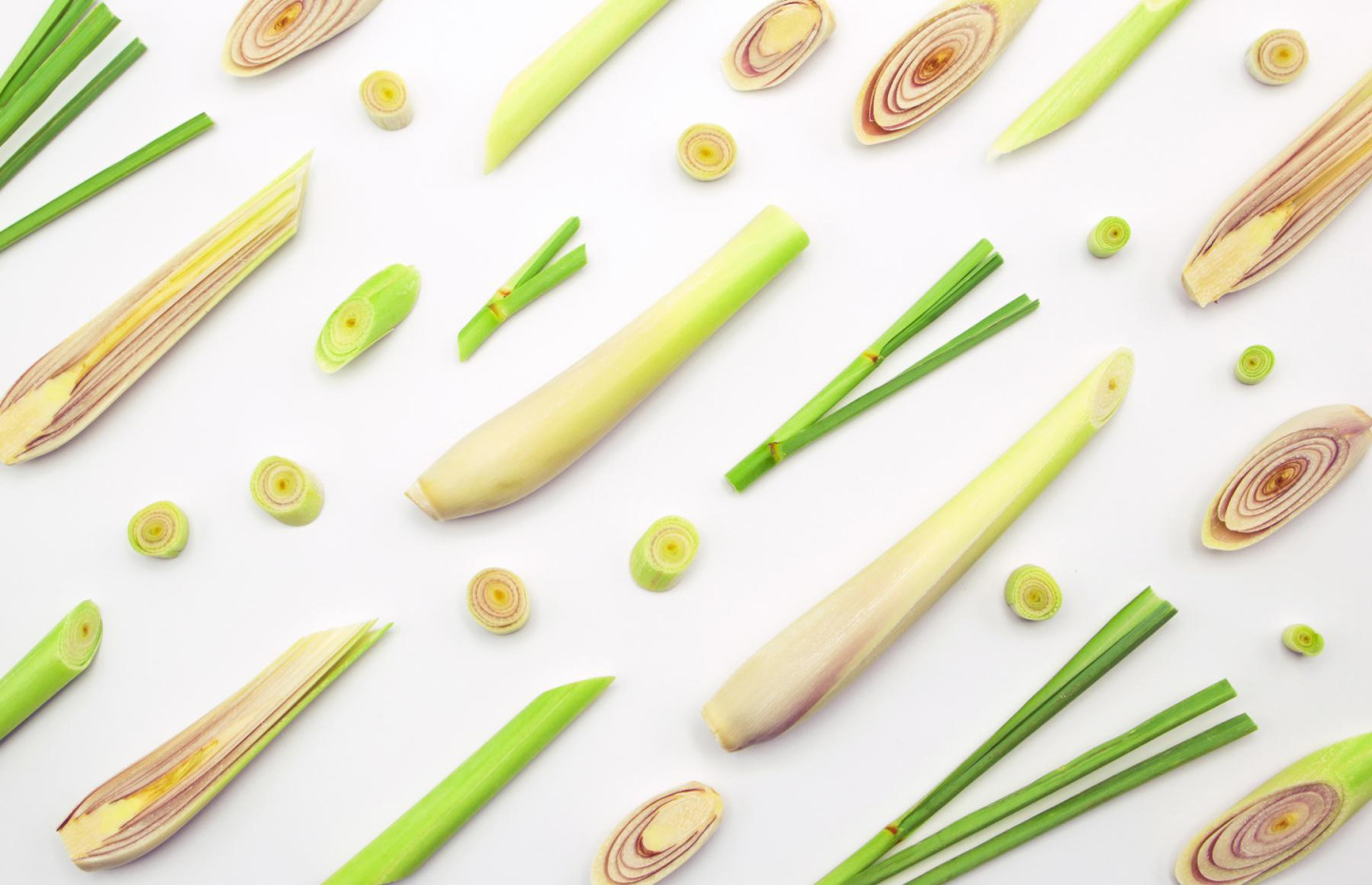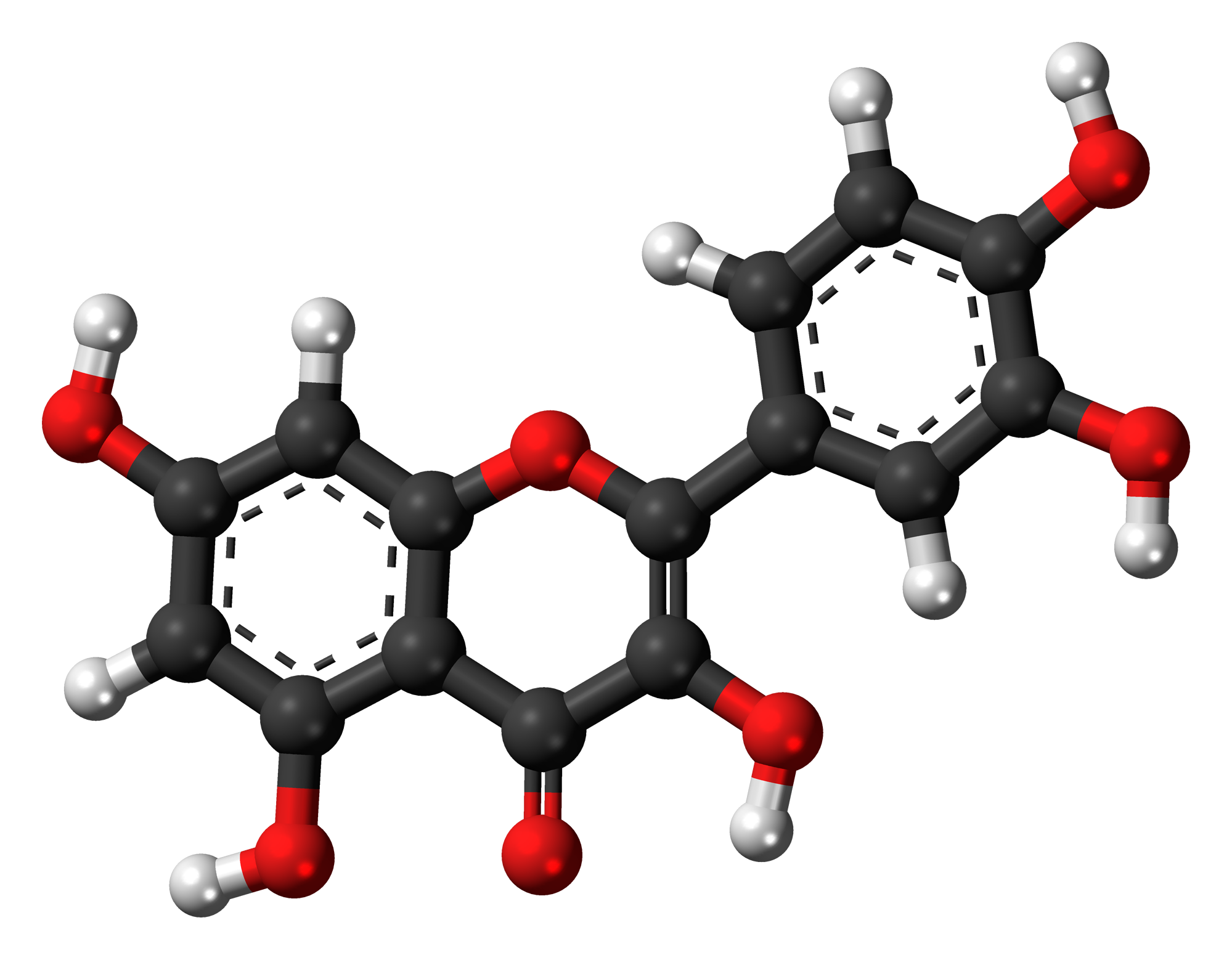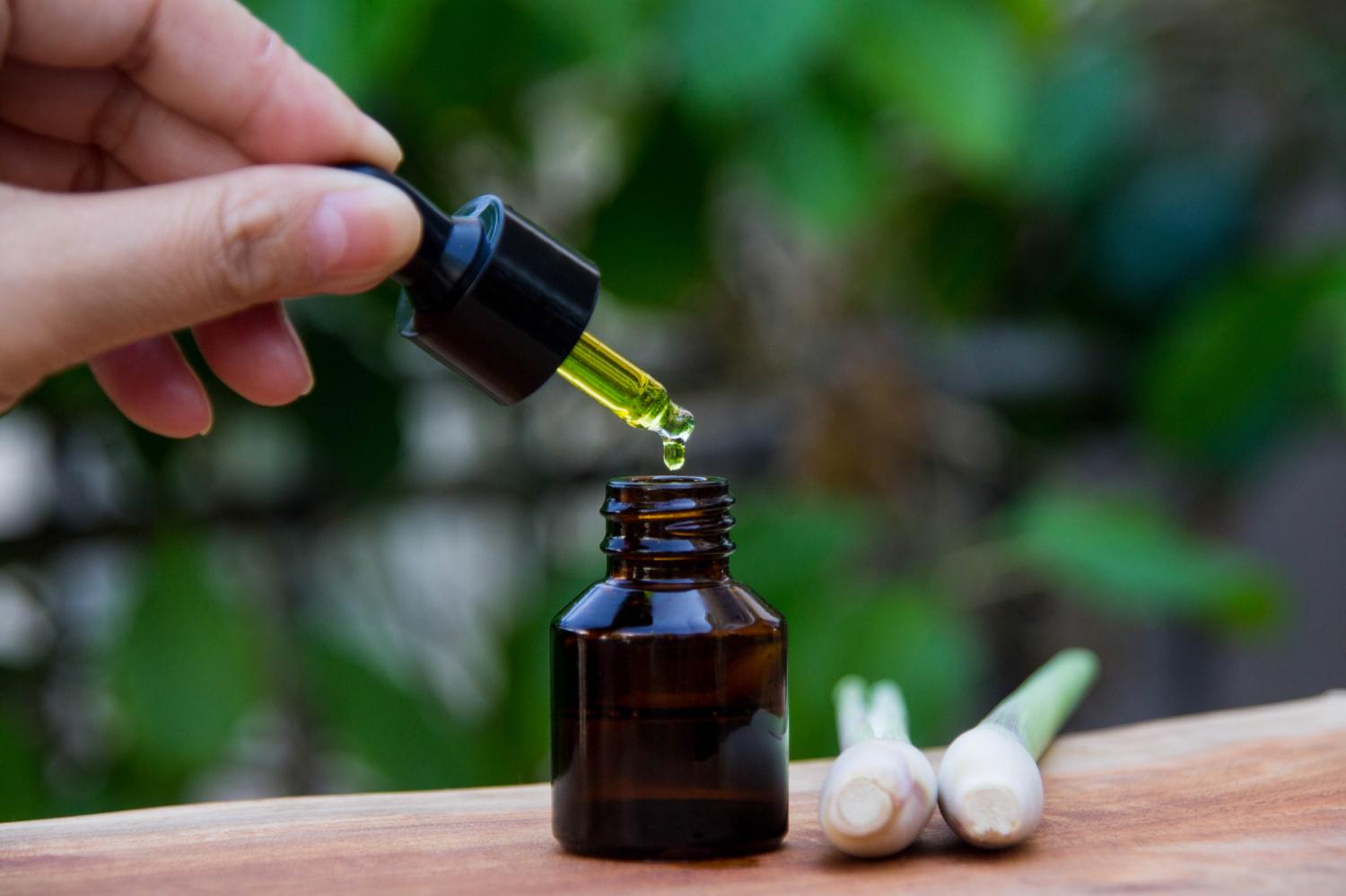
The benefits of lemongrass and why it should be added to your diet are discussed in the article.
- What is lemongrass
- Benefit
- Harm
- What is it used for?
- Expert commentary
Ekaterina Sitnikova, gastroenterologist of the BestDoctor group of companies;
Anna Belaya, nutritionist, product director of the brand of functional low-carb products for women’s beauty and health, Beauty Bite.
What is lemongrass
Lemongrass is used in perfumery, cosmetology, folk medicine and aromatherapy
Lemongrass is a perennial oilseed herb from the grass family. There are more than 100 species of lemongrass, including Cymbopogon citratus, which is often used in cooking and medicine (1). The grass grows in warm, humid climates year-round and is cultivated in Southeast Asia and Australia and tolerates direct sunlight. Lemongrass grows in sedge-like bushes. The deep green leaves can reach a height of 1.5-2 m. The edible and most fragrant part is the round fibrous stem. When harvesting, the plant is cut off entirely.
In Thailand, Laos and Vietnam, chefs grind lemongrass in mortars and then mix it with garlic and other herbs to make curry paste or tom yum. Lemongrass is added to hot dishes, desserts, baked goods and drinks, and used in perfumery, cosmetology, folk medicine and aromatherapy.
Benefits of lemongrass

The flavonoid quarticin, found in lemongrass, has antioxidant and anti-inflammatory properties.
Lemongrass contains many beneficial substances, it can help fight inflammation, and has antibacterial and antifungal properties.
1. Rich in antioxidants
Lemongrass contains antioxidants. They protect cells from free radicals, which damage them and provoke various diseases (1).
2. Has an anti-inflammatory effect
Lemongrass contains quercetin. It is a flavonoid with antioxidant and anti-inflammatory properties. Lemongrass can also reduce the risk of developing certain infections and reduces the possibility of getting thrush (2).
3. Reduces cholesterol levels
Through experiments, it was possible to establish that lemongrass extract can lower blood cholesterol levels. The study noted that the response of this indicator to the drug depends on the dose. That is, if you increase the daily intake of lemongrass extract, you can achieve better results. But additional research is needed for final conclusions (3).
4. Can fight fungal infection
Thanks to experiments, we were able to find out: lemongrass essential oil, when applied topically, fights fungal infections and inflammatory skin diseases (4).
5. Helps Treat E. Coli Infections
E. coli bacteria can cause food poisoning, urinary tract infections, and pneumonia. The study found that lemongrass extract effectively reduced the toxicity of E. coli cultures and may help treat bacterial infections in the digestive tract (5).

Harm of lemongrass

Lemongrass oil, when applied topically, may cause skin irritation, redness, and itching.
In small quantities, lemongrass does not cause side effects. But there are also contraindications to its use.
- Allergy. If an allergy to cereals is diagnosed, then lemongrass can trigger it. Therefore, before adding it to your diet, you should consult your doctor.
- Skin irritation. Lemongrass oil, when applied topically, can cause skin irritation, redness, and itching. It is worth applying it to a small area to check the reaction. Irritation may indicate that the plant should be consumed with caution.
- Not recommended during pregnancy. The effect of lemongrass on the body during pregnancy is poorly understood. Scientists suggest that pregnant women should avoid medicinal plants (6).
What is lemongrass used for?
Lemongrass adds a subtle tang and sweetness to dishes. In its aroma you can catch notes of mint and ginger
Lemongrass is used in cooking, aromatherapy, perfumery, and cosmetics.
- In cooking. The herb is used both in its natural form and in the form of a finished seasoning. If lemongrass is fresh, its core, which is closer to the root, is usually added to sauces, soups, drinks and main courses. It smells a little like lemon or orange, but without the strong acidity. Lemongrass adds a subtle tang and sweetness to dishes. In its aroma you can catch notes of mint and ginger. To prepare tea, you need to finely chop a fresh lemongrass stalk, pour boiling water over it and let it brew for 5-10 minutes. If you add ice, you get a great refreshing drink.
- In perfumery. Lemongrass is a popular ingredient in perfumes. It has a bright lemon aroma. It adds freshness and sweetness to the perfume.
- In aromatherapy. Lemongrass essential oil is widely used in aromatherapy, either on its own or in various blends. It is used to stabilize the emotional state, as a tonic, and to strengthen the immune system. The oil is used mainly for external use, applied to the wrists, temples, neck, and evaporated using an aroma lamp.
- In cosmetology. Lemongrass essential oil is often found in cosmetics. It is used in creams to care for oily skin, and is also used in shampoos and conditioners as an anti-dandruff remedy.
To prepare tea, you need to finely chop a fresh lemongrass stalk, pour boiling water over it and let it brew for 5-10 minutes.
Expert commentary

